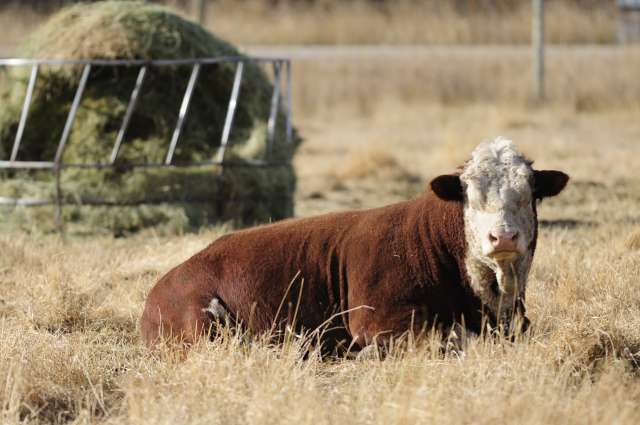Canada’s Cow Population to Hit 27 Year Low, and It Is Partially Millennials’ Fault

There are now fewer Canadians cows than at any point since the early 1990s and, according to analysts, it’s partially millennials’ fault
by Tristin Hopper – National Post
On Jan. 1, Statistics Canada counted 11,850,000 total cows in Canada — already a 26-year low.
Now, U.S. authorities monitoring the Canadian cattle market suspect that by 2018 it will drop even lower, to 11,725,000.
“Canadian cattle farm numbers have continued to contract as ranchers retire out of the industry without a successor,” reads a new report by the United States’ Foreign Agricultural Service.
“CBS tools have arguably never been a better fit with the toolbox the poultry industry needs today”
If the 2018 projection holds true, the year will rank as the ninth-lowest year for Canadian cattle numbers since 1970.
It also means that Canada’s ratio of cows to citizens remains in steep decline. In 1945, there were seven cows for every 10 Canadians. At the beginning of 2017, that ratio had dropped to only three cows per 10 Canadians.
Part of the recent decline in cattle numbers has been due to drought in the Canadian Prairies reducing the output of grazing land. Faced with keeping their herds alive with trucked-in feed, many farmers opted to send cows off to slaughter or sell them to the United States.
Cattle producers have also cited production being hamstrung by labour shortages. “Many readers, I’m sure, know first-hand how hard it is to find someone to work on a ranch or in a feedlot,” reads a 2015 article in Canadian Cattlemen.
In its report, the Foreign Agricultural Service placed special emphasis on what it called “producer attrition.” With old ranchers retiring and young ones not stepping up to replace them, there are simply fewer places in Canada raising cattle. Since 2005, the number of cattle farms has gone down by more than third.
The paper noted that Canada’s remaining cattle farms were swelling in size, indicating consolidation. However, “the loss of farms continues to outpace the rate of growth in cattle per farm, dragging down the size of the total cattle herd,” it wrote.
There’s also the simple fact that Canadians aren’t eating as much beef as they used to.
In 1980, the year that Terry Fox began his Marathon of Hope, the average Canadian ate 38.8 kilograms of beef per year; the equivalent of 420 McDonald’s hamburgers’s worth.
In 2017, per capita beef consumption has dropped to 25 kilograms, a reduction of 35 per cent.
Compare that to chicken, which has gone from 16.88 kilograms per year in 1980 to an all-time high of 32.51 kilograms in 2016 — twice as much.
Indeed, most of the reductions have been seen in the beef sector, which constitutes by far the largest share of Canadian cows. In 2017, there are 9.9 million beef cows to 1.9 million dairy cows.
Dairy cows, like all aspects of the Canadian dairy industry, are not subject to normal market pressures as a result of supply management policies. With dairy cow herds strictly regulated by marketing boards, they stay relatively consistent year after year.
Meanwhile, the situation is almost the exact opposite in the pork sector. At the beginning of 2017, there were 14.13 million hogs in Canada, an increase of 290,000 over the previous year.
“Canadian pork exports are projected to continue to reach record high levels in 2018 driven by consumption patterns in Asian markets,” wrote the Foreign Agricultural Service.












